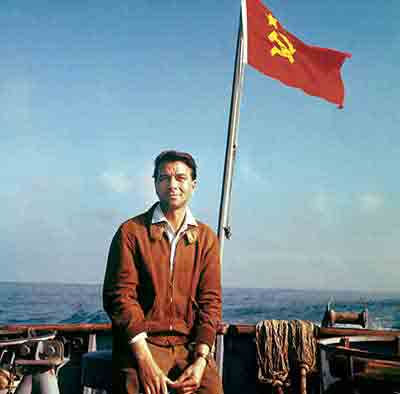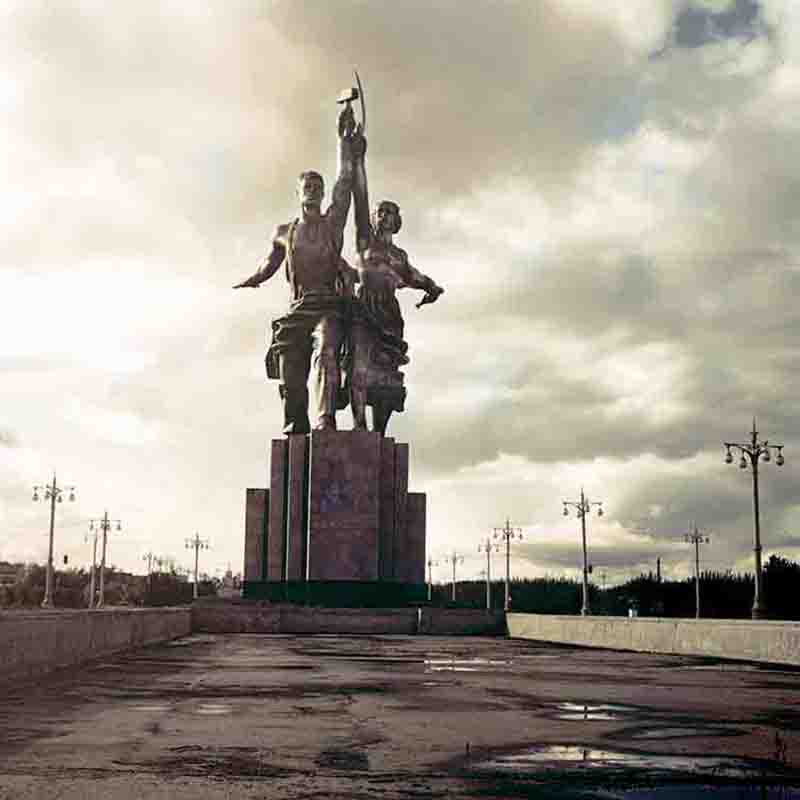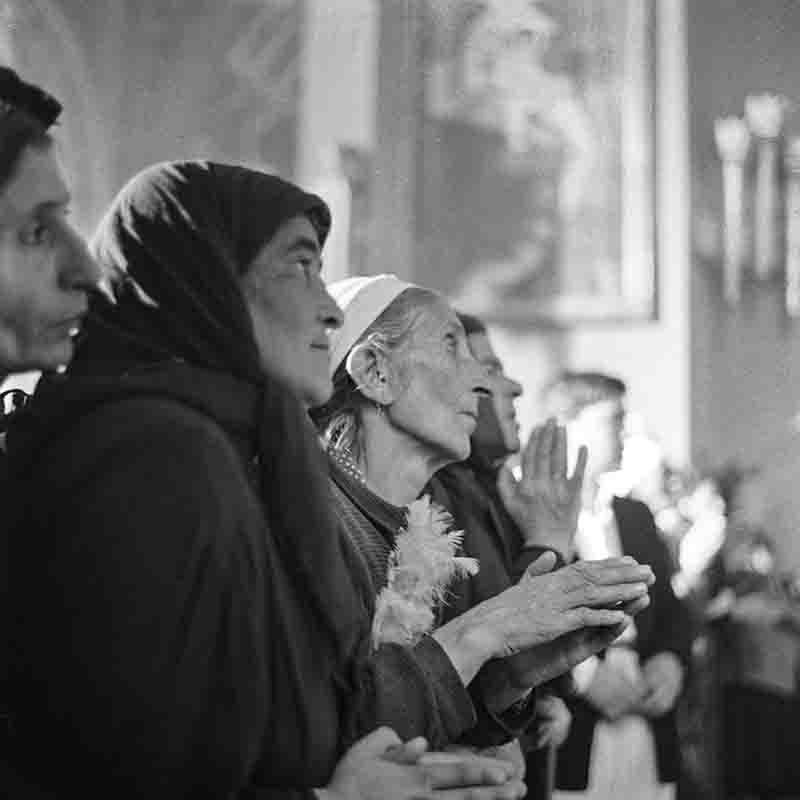Symbolism of CCCP
CCCP is the Russian abbreviation for the Union of Soviet Socialist Republics - USSR. In Cyrillic, it is written as CCCP, derived from the Russian phrase Союз Советских Социалистических Республик.

The CCCP operated under the doctrine of Marxism-Leninism, with policies emphasizing collective ownership, centralized planning, and class equality.
Bold Letters: CCCP
Whether you’re here for nostalgia, fashion history, or Soviet aesthetics, this short video gives you a fresh perspective on CCCP—from state symbol to style statement.
CCCP abbreviation
The abbreviation CCCP is a transliteration artifact, what you're seeing are Cyrillic letters that resemble Latin letters but represent different sounds.
When written in block capitals on Soviet flags, uniforms, or spacecraft, СССР visually resembles CCCP in the Latin alphabet because:
-
Cyrillic С looks like Latin C
-
Cyrillic Р looks like Latin P
So CCCP is simply how the Russian acronym СССР appears if you read the letters as if they were Latin, even though the meaning is exactly the same as USSR in English.
This is why, for example, Soviet cosmonauts’ space suits famously had CCCP across the helmets, it was the Russian language acronym for their country.
To Soviet citizens, it symbolized collective identity and strength.
Abroad, it stood as a global emblem of communism and Cold War rivalry.
Although the Soviet Union no longer exists, CCCP remains a powerful historical symbol.
At the 2025 Summit in Anchorage, Alska, Russian Foreign Minister Sergei Lavrov, wearing a CCCP sweater, sparked discussions about legacy and nostalgia.
What CCCP Stands For

CCCP is more than just four letters. It was the official abbreviation of the Soviet Union (1922–1991), a superpower that shaped the 20th century through politics, ideology, culture, and global rivalry.
In Russian, СССР (what appears to English eyes as "CCCP") is pronounced: [ɛs ɛs ɛs ɛr], like saying the English letters “S S S R.”
Each С is pronounced like the English letter S, The final Р is pronounced like a rolled or tapped R (similar to Spanish r in pero).
The letters “С” correspond to the English “S,” and “Р” corresponds to “R.” For this reason, CCCP is pronounced “S-S-S-R.”
-
C: Союз (Soyuz) = Union
-
C : Советских (Sovetskikh) = Soviet
-
C: Социалистических (Sotsialisticheskikh) = Socialist
-
P: Республик (Respublik) = Republics
Together, these words translate into Union of Soviet Socialist Republics.
CCCP is the the Russian-language equivalent of the English abbreviation USSR, both meaning Union of Soviet Socialist Republics.
12 important facts about CCCP
-
Meaning of CCCP: CCCP is the Russian abbreviation for Союз Советских Социалистических Республик (Soyuz Sovetskikh Sotsialisticheskikh Respublik), translated as the Union of Soviet Socialist Republics (USSR).
-
Pronunciation: In Russian, CCCP is pronounced “S-S-S-R.” The Cyrillic letters “С” equal “S,” and “Р” equals “R.”
-
Founding Year: The Soviet Union (CCCP) was officially established on December 30, 1922, uniting Russia, Ukraine, Belarus, and the Transcaucasian republics.
-
Dissolution: The CCCP formally dissolved on December 26, 1991, marking the end of the Soviet Union and the Cold War era.
-
Political System: It was a one-party socialist state ruled by the Communist Party of the Soviet Union (CPSU).
-
Key Leaders: Major Soviet leaders included Vladimir Lenin, Joseph Stalin, Nikita Khrushchev, Leonid Brezhnev, and Mikhail Gorbachev.
-
Economic Model: The CCCP had a centrally planned (command) economy, emphasizing heavy industry and defense over consumer goods.
-
Superpower Status: After World War II, the Soviet Union became a global superpower, rivaling the United States throughout the Cold War.
-
Space Achievements: The CCCP launched Sputnik 1 (the first satellite, 1957) and sent Yuri Gagarin into orbit (the first human in space, 1961).
-
Cultural Symbolism: CCCP appeared prominently on cosmonaut helmets, military uniforms, Olympic jerseys, and propaganda posters, becoming a global symbol of the Soviet Union.
-
Reforms of the 1980s: Gorbachev’s Perestroika (economic restructuring) and Glasnost (political openness) aimed to revive the system but instead accelerated its collapse.
-
Historical Legacy: Today, CCCP remains a widely recognized symbol, evoking pride, nostalgia, or criticism, depending on perspective. It is often used in history, pop culture, and retro design.
CCCP appeared on Soviet sports uniforms, spacecraft, and official documents, and became a symbol recognized worldwide during the Cold War.
CCCP: More than Four Letters

The CCCP played a central role in the Cold War, competing with the United States in politics, military strength, and space exploration.
Russian-Cyrillic Equivalent of USSR
The stark white letters, CCCP, once adorned the sides of spacecraft, the chests of Olympic athletes, and the steel hulls of warships.
To much of the world, they were an emblem of a geopolitical superpower.
In Russian, the abbreviation stood for Союз Советских Социалистических Республик, or the Union of Soviet Socialist Republics.
In English, it was simply the USSR.
The letters, written in the Cyrillic alphabet, are often misread by English speakers.
In Cyrillic, “С” corresponds to the Latin “S,” and “Р” to “R.”
CCCP, therefore, was not an exotic code but the phonetic “S-S-S-R.”
Behind that simple rendering stood a state that, for nearly seven decades, was central to global politics, ideology, and conflict.
From Lenin’s Revolution to Stalin’s Rise
Formed in 1922 in the wake of the Russian Revolution and the Civil War, the Soviet Union was a federation of republics bound together under the Communist Party.
Its creation marked the consolidation of Bolshevik power, the centralization of authority in Moscow, and the beginning of an unprecedented experiment in socialist governance.
The early years under Vladimir Lenin mixed revolutionary idealism with harsh political repression.
Lenin’s death in 1924 ushered in the era of Joseph Stalin, whose industrialization drive, collectivization policies, and political purges left deep scars.
The CCCP: Ambition and Control

Domestically, the CCCP symbol was omnipresent, reinforcing the state's authority and a sense of shared national identity.
Behind the Iconic Logo
The CCCP was not merely a political entity; it was also a brand, one that projected both aspiration and intimidation.
Space exploration became one of its most visible expressions.
When cosmonaut Yuri Gagarin became the first human to orbit Earth in 1961, the letters CCCP blazoned across his helmet were broadcast to millions.
They symbolized a state determined to compete with the United States not only in arms, but in scientific, cultural and technological achievement.
The CCCP's Decline
At home, life under the CCCP was shaped by a planned economy, censorship, and the state’s omnipresent role in housing, healthcare, and education.
The system promised cradle-to-grave security, yet shortages of consumer goods and limitations on personal freedom were routine.
Abroad, the Soviet Union’s foreign policy combined ideological outreach with hard power, from its influence over Eastern Europe through the Warsaw Pact to its involvement in Cold War proxy wars.
By the 1980s, the economic strain of maintaining global influence, combined with internal inefficiencies, had eroded the state’s stability.
Mikhail Gorbachev’s policies of perestroika (economic restructuring) and glasnost (political openness) sought to modernize the system.
Instead, they accelerated calls for independence within the republics and exposed deep dissatisfaction among citizens.
On December 26, 1991, the Soviet Union was formally dissolved, and the emblematic CCCP ceased to represent a functioning state.
A Symbol of Nostalgia and 20th-Century History

The CCCP is not a single, monolithic symbol. It is a linguistic curiosity and historical marker of the 20th century.
Today, the four letters still carry weight.
In some corners, they evoke nostalgia for perceived stability or national pride; in others, they recall the repression, shortages, and political control that defined much of Soviet life.
Worn on vintage jerseys and displayed in museums, CCCP is both a linguistic curiosity and a tribute to a state that shaped the course of the 20th century, a nod to the fact that symbols, simplicity notwithstanding, can carry the weight of history.
Cultural Symbolism of CCCP
The four letters appeared everywhere, on cosmonaut helmets, Olympic uniforms, and state propaganda.
In Russian, it is written as Союз Советских Социалистических Республик, and shortened to СССР in Cyrillic.
To citizens, CCCP was a symbol of identity; to outsiders, it represented both power and control.
CCCP: FAQ
The USSR: Unseen
Exclusive Photo Archive

Exclusive USSR Photos
In 1956, Peter Bock-Schroeder (1913-2001) was the first West-Geman photographer to be permitted to work in the USSR.
PBS
The iconic sculpture "Worker and Kolkhoz Woman", created by Vera Mukhina for the 1937 World's Fair in Paris.

Located on the Absheron Peninsula, the area's rich oil and gas deposits have profoundly shaped local and world history, attracting explorers, entrepreneurs, and empires alike.

Throughout the post-war Soviet period, the Church continued to exist under state supervision.